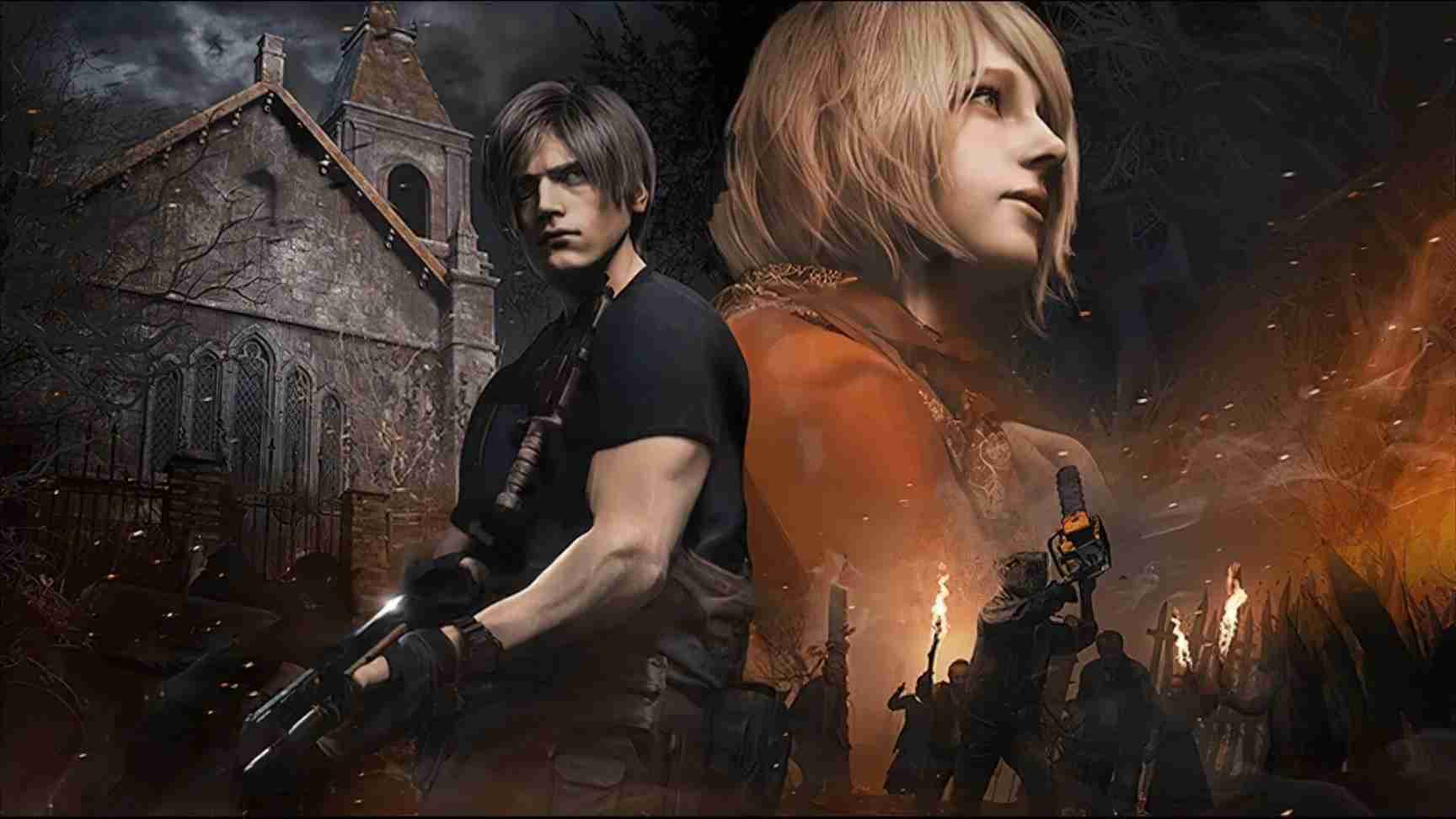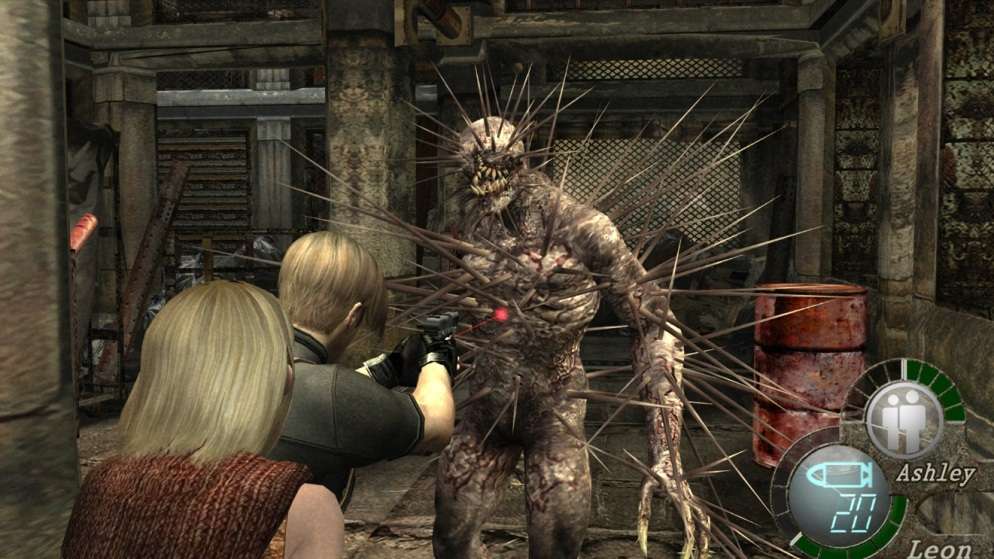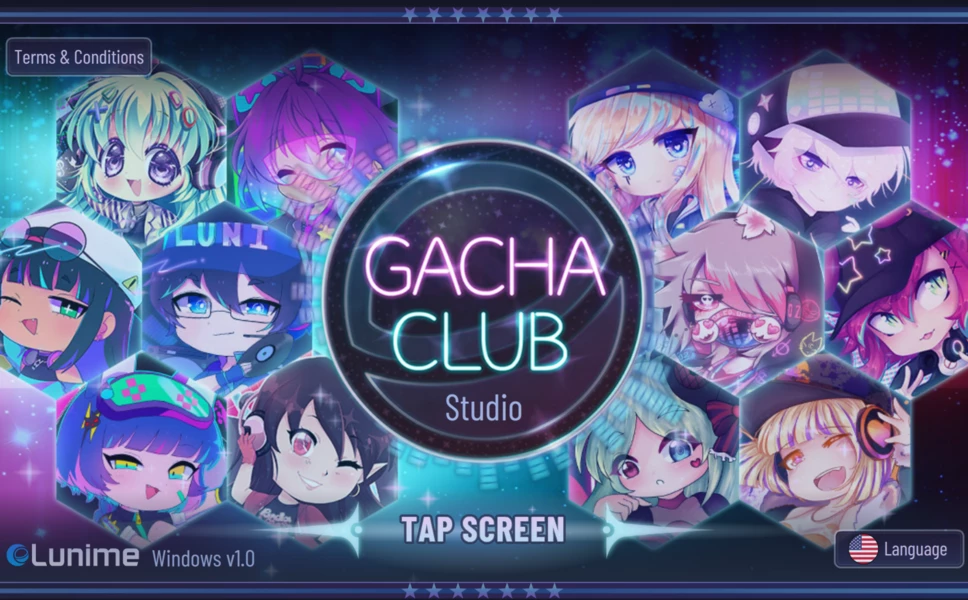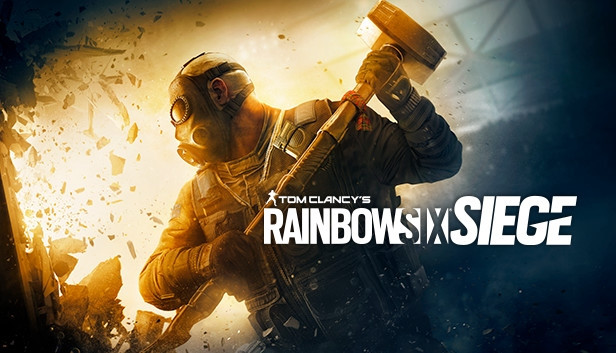
It begins in the way it always has. Leon Kennedy, the bruised, damaged rookie cop from Resident Evil 2 is now a spec-ops super soldier sent on a mission to a remote village somewhere in Europe. He’s searching for the US president’s kidnapped daughter and this is her last known whereabouts.
His entry point is an overgrown woodland path, dark and cold; ravens peck at the bodies of dead animals, weird sounds fill the fetid air. And finally he spots it – an abandoned hovel just visible among the dead branches…
But from this point on, we’re in different territory. Although this updated version of Capcom’s seminal survival horror sequel retains the narrative, characters and major locations of the original, the structure of the game, the way each terrifying and exhilarating set-piece plays out, has been subtly remixed. It’s definitely a remake, but it feels fresh and vibrant. And it is brilliant.
Veterans won’t need to be told that Resi 4 represented a new phase in the series when it arrived on the Nintendo GameCube in 2005. Gone were the awkward expressionist camera angles and roving third-person perspective; gone too was the peculiarly staccato and unintuitive combat of the first three titles. Designer Shinji Mikami switched to an over-shoulder view, drawing the player into the protagonist’s perspective and making the shootouts much more immersive. Gone too were the zombies, in favour of torch-wielding yokels and towering cult leaders, giving it the uncanny feel of folkloric horror, of The Wicker Man and Witchfinder General.
The new Resi 4 brings the camera out a little further again, but we’re still very much with Kennedy as he traipses through the muck of festering farmlands and down the corridors of gothic castles. We’re there in his boots as he blasts at enemies wielding pitchforks and chainsaws.
The combat is expressive, tactical and tough, utilising a stripped down melee system that allows for crucial ammo hoarding, while still making your character feel powerful. As you go, you collect cash to buy new weapons from the famed Merchant character (who has some real treasures in his collection), but it’s still a horror experience: there are jump scares; there are tense moments where the camera occludes hidden enemies lurking in the darkness. It’s the perfect melding of old and new Resi, of reminiscence and raw challenge. The locations where big fights take place are expertly designed, always featuring places to run to and catch your breath for a second, so you learn to read the spaces as well as enemy attack patterns. I love the way the major boss battles are foreshadowed, and how the world teaches you how to look for important rooms or crucial loot hoards.
Every location is a rotting smörgåsbord of gelatinous horror. You explore a farm where emaciated animals wander about then drop dead from hunger, and where every shack has some snarling villager waiting to stab you through the side. The canyon area is a vast maze of wooden walkways, the wood weak and old enough to give way at any moment dropping you into the maw of another desperate standoff. Later come more opulent settings, gothic buildings, the walls lined with Renaissance paintings, the dining tables impeccably laid, each room housing a neat puzzle or a fresh enemy monster.
At times there are slightly open, hub-like areas where you’re given a teeny bit of freedom to explore, but the leash is always tight and you are never bored or lost. Honestly, the subliminal environmental signposts in this game are some of the best I’ve ever encountered – this is an experience that somehow feels tight and controlled yet also at times unscripted and emergent. It contains the game design knowledge of the whole series, from the awkward shuffling tension of the first game through to the engrossing (and often just gross), first-person horror of Resident Evil 7. The one modern addition I’m not so sure about is the inclusion of little sub-tasks: a series of fetch quests that have you killing rats and shooting at hidden targets to earn spinels which can be used to purchase exclusive items from the trader. But these shopping list deviations – employed for years to add bloat to open world games – are really unnecessary here, blowing the tension and taking you out of character.



.webp)



.webp)

.webp)
